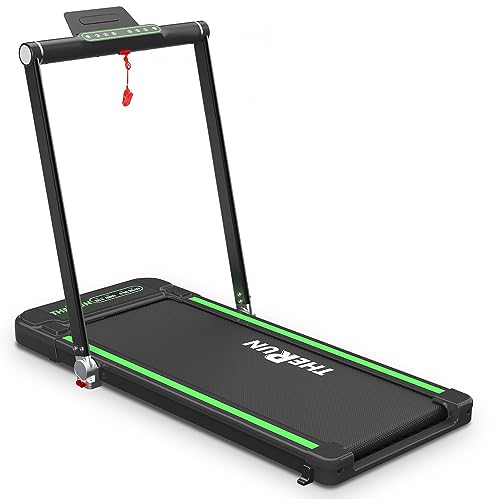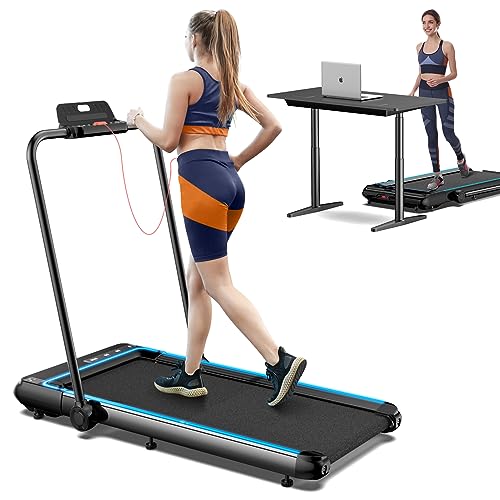Ten Myths About Treadmills That Don't Always Hold
페이지 정보
작성자 Della 작성일 25-10-04 18:33 조회 4 댓글 0본문
Understanding Treadmills: Types, Benefits, and Considerations
Treadmills have ended up being an essential part of physical fitness culture, using a convenient option for people seeking to improve their cardiovascular physical fitness without the need for outside spaces or weather condition considerations. With a variety of features and models available, potential buyers need to be educated to make the best choice. This short article intends to offer a detailed summary of treadmills, consisting of the various types, advantages, and elements to think about when acquiring one.
The Different Types of Treadmills
1. Handbook Treadmills
Manual treadmills are powered by the user instead of an electric motor. They need no electrical energy and normally feature a simple style with fewer moving parts.
Benefits of Manual Treadmills:
- Cost-effective
- Portable and lightweight
- No reliance on electrical energy
Drawbacks:
- Limited features
- Typically do not have slope alternatives
2. Motorized Treadmills
Motorized treadmills are the most common type, powered by an electric motor. They usually offer numerous functions such as programmable workout regimens, adjustable slopes, and higher weight capabilities.
Benefits of Motorized Treadmills:
- Smooth operation and constant traction
- Flexible with advanced features for varied workouts
- Options for incline and decline settings
Disadvantages:
- Higher expense compared to manual treadmills
- Require electrical energy and might increase electric expenses
3. Folding Treadmills
Folding treadmills are developed for simple storage, making them perfect for those with restricted space.
Advantages of Folding Treadmills:
- Space-saving design
- Easy to transfer and store
- Ideal for home usage where space is at a premium
Disadvantages:
- Typically may have a smaller sized running surface area
- Weight limitation may be lower than non-folding designs
4. Commercial Treadmills
These treadmills are developed for resilience and performance, typically found in health clubs and physical fitness centers. They are created for high use rates and featured innovative features.
Benefits of Commercial Treadmills:
- Extremely long lasting and frequently supported by service warranties
- Full series of features, including advanced training programs
- Ideal for heavy-duty exercises
Downsides:
- Higher rate point
- Might be too large or heavy for home usage
| Type of treadmill home | Source of power | Normal Features | Ideal For |
|---|---|---|---|
| Manual Treadmill | None | Fundamental workout metrics | Minimalist users |
| Motorized Treadmill | Electric | Programmable workouts, slope choices | General physical fitness lovers |
| Folding Treadmill | Electric | Space-saving design | home treadmills users with limited area |
| Industrial Treadmill | Electric | Advanced training programs | Gym facilities |
Benefits of Using a Treadmill
Treadmills provide various benefits for people looking to improve their physical fitness levels or preserve an athletic regimen.

1. Convenience
Owning a treadmill permits users to work out at their own schedule, eliminating reliance on weather condition conditions. It offers versatility, as exercises can happen day or night.
2. Adjustable Workouts
Numerous modern treadmills include personalized programs to accommodate newbies and experienced professional athletes. Users can adjust speed, slope, and exercise duration to make the most of the effectiveness of their sessions.
3. Tracking Progress
Most treadmills come geared up with digital screens that tape-record important data such as distance, speed, calories burned, and heart rate. Monitoring this data assists users track their fitness progress over time.

4. Reduced Impact
Treadmills typically offer a cushioned surface that can lower joint effect compared to working on tough outdoor surface areas, making them an ideal alternative for people with joint issues or those recovering from injuries.
5. Variety of Workouts
Users can participate in different exercises on a treadmill, from walking and running to interval training and speed work. Some machines even provide integrated courses that simulate outside surfaces.
Factors to consider When Buying a Treadmill
When acquiring buy a treadmill treadmill, people need to consider several factors to guarantee they make a notified decision.
1. Area Requirements
- Step Available Space: Before selecting a design, procedure where the treadmill will be placed to guarantee it fits conveniently.
- Consider Folding Options: If space is a concern, consider investing in a folding treadmill for hassle-free storage.
2. User Weight and Height
- Examine the weight capability of the treadmill to accommodate its desired users.
- Make sure that the belt length appropriates for users' strides, especially for taller people.
3. Functions and Technology
- Assess whether advanced features like heart rate displays, Bluetooth connection, and integrated training programs are essential for the designated user.
- Investigate user-friendly user interfaces and product reviews on display screen quality.
4. Service Warranty and Customer Support
- Evaluation service warranty alternatives to understand what is covered and for the length of time. Some designs might provide extended warranties or guarantees for parts.
- Examine the brand's reputation for customer assistance in case of breakdowns or concerns.
5. Price Range
- Consider your budget however remember that cheaper models may lack functions, sturdiness, or guarantee assistance.
- Check out funding alternatives if purchasing a higher-end model.
FAQs About Treadmills
1. What is the average life expectancy of a treadmill?
Generally, a high-quality treadmill can last in between 7 to 12 years, depending upon use, upkeep, and construct quality.
2. What is the very best treadmill brand?
Popular brands consist of NordicTrack, Sole Fitness, Precor, and LifeSpan, each understood for their quality and consumer fulfillment.
3. Can I use a treadmill for walking?
Yes, treadmills are ideal for walking, running, or running, making them flexible for users of all fitness levels.
4. How typically should I service my treadmill?
Routine upkeep is generally suggested every six months to guarantee optimal performance and durability.
5. Is it fine to run on a treadmill every day?
While operating on a treadmill daily is acceptable for some, it's smart to integrate rest days or alternate workouts to prevent potential overuse injuries.
In conclusion, treadmills stay a popular choice for physical fitness enthusiasts trying to find flexibility and customizability in their workout regimens. By understanding the numerous types available, their benefits, and crucial elements to think about during purchase, users can make an educated choice that aligns with their fitness goals and way of lives.
댓글목록 0
등록된 댓글이 없습니다.

